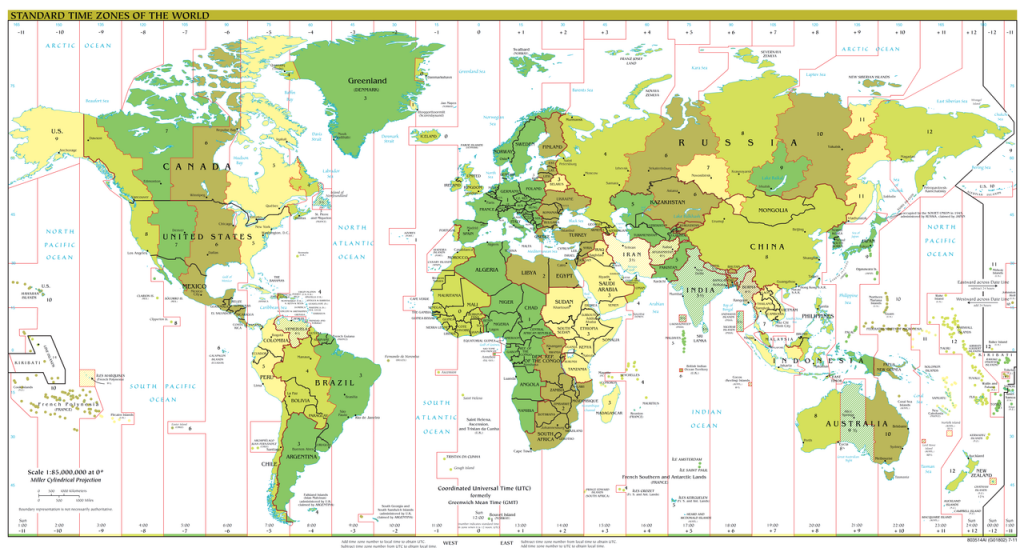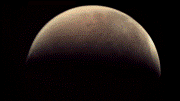How we solve the problem of multiple time zones
If you saw our descent timeline article, you’ll have noticed that we speak about different time zones (of course with acronyms!). If you’ve also been following the NASA coverage for MSL arrival at Mars, then you’ll see it gets even more confusing. In case you’re wondering what they all are, then we’re here to try and explain!
First of all, we have to deal with different time zones here on Earth – something you’ve no doubt experienced if you’ve taken a long distance flight.
Here at ESA’s operations centre, ESOC, in Germany, we use CEST – Central European Summer Time – the time zone most of Europe is on during the summer. Over at JPL in California, they are 9 hours behind, on PDT – Pacific Daylight Time – summer time for the west coast of the United States.
This can get really confusing when agencies like ESA and NASA work together on time-critical activities like MSL landing. At NASA, Curiosity will land on 5 August – but here in Europe it’ll land on the 6th! So not only is the time of landing different, but it happens on a different day depending on where you are!
To solve these problems, the space industry (and many other organisations facing similar issues) use a standard time zone called UTC – Coordinated Universal Time.
This time zone was standardised in 1961 to allow our increasingly networked world to work better together. It represents GMT (Greenwich Mean Time), the zero reference for all time zones, but with no daylight savings time shift – so it never changes throughout the year.
At ESOC our short-hand for this time-zone is to put a letter ‘Z’ after the time, which is where UTC gets its nickname of “Zulu Time” (Z = Zulu in the phonetic alphabet).
So when Curiosity lands, Europe (CEST) will be 2 hours ahead of UTC and JPL (PDT) will be 7 hours behind. Thanks to UTC, though, we can coordinate and communicate pretty well together, allowing multiple agencies and nations around the world to work together on this important event.





Discussion: no comments